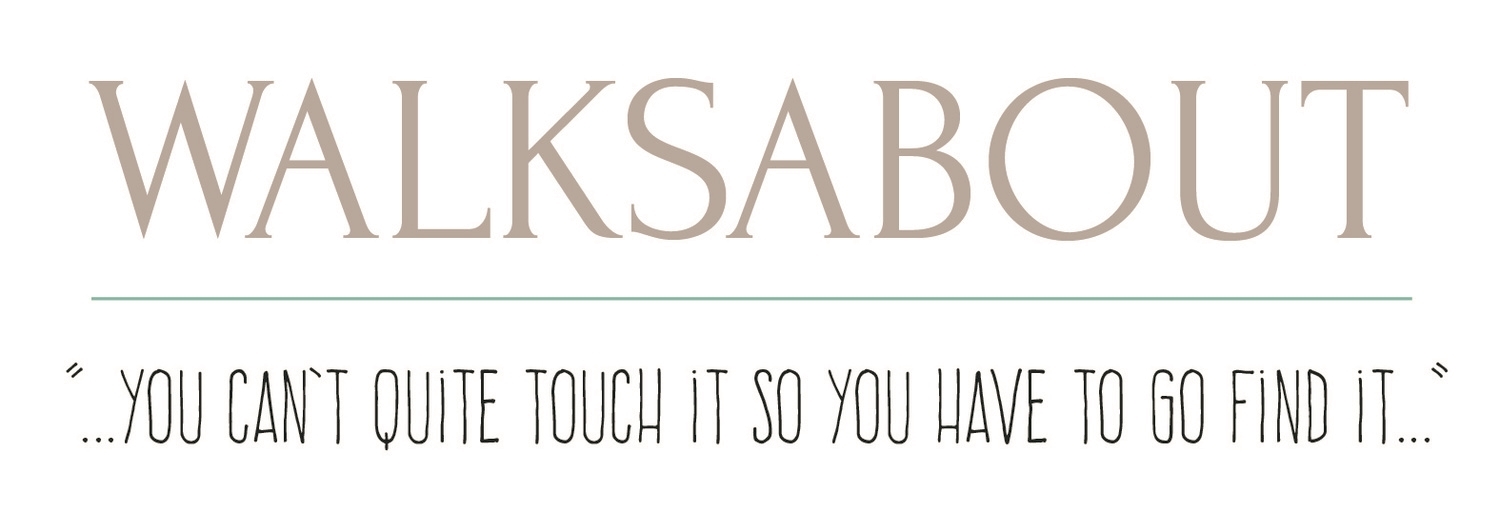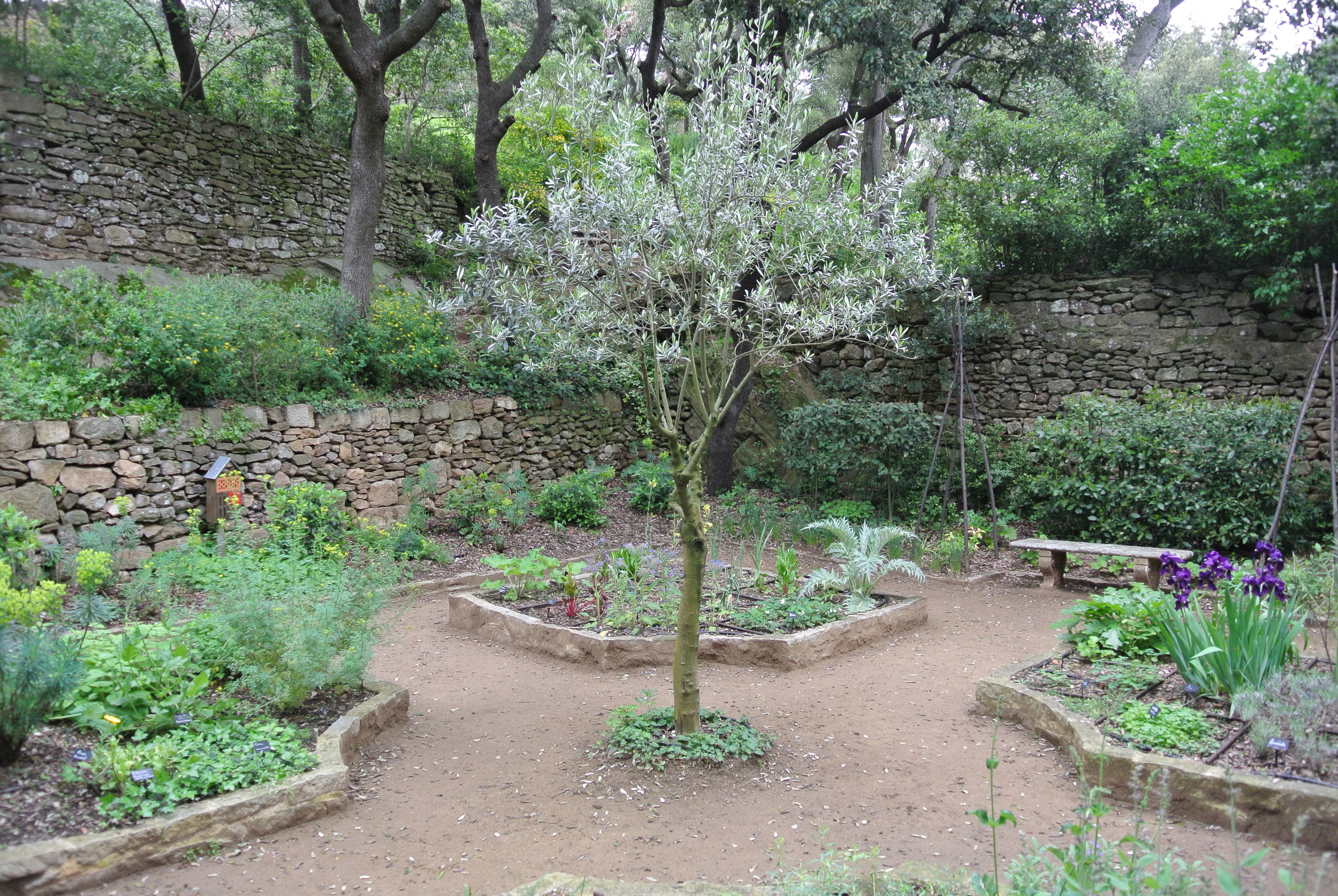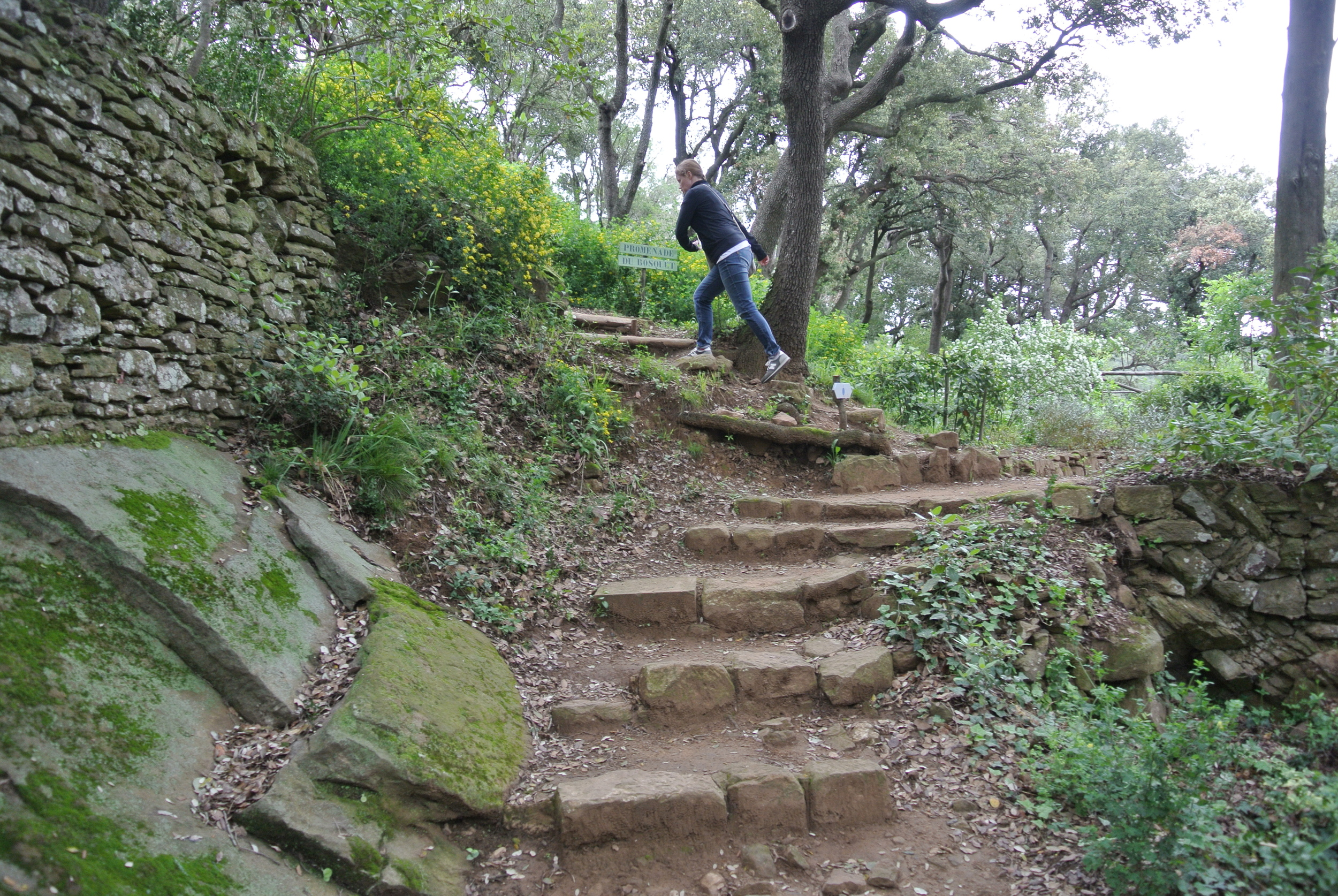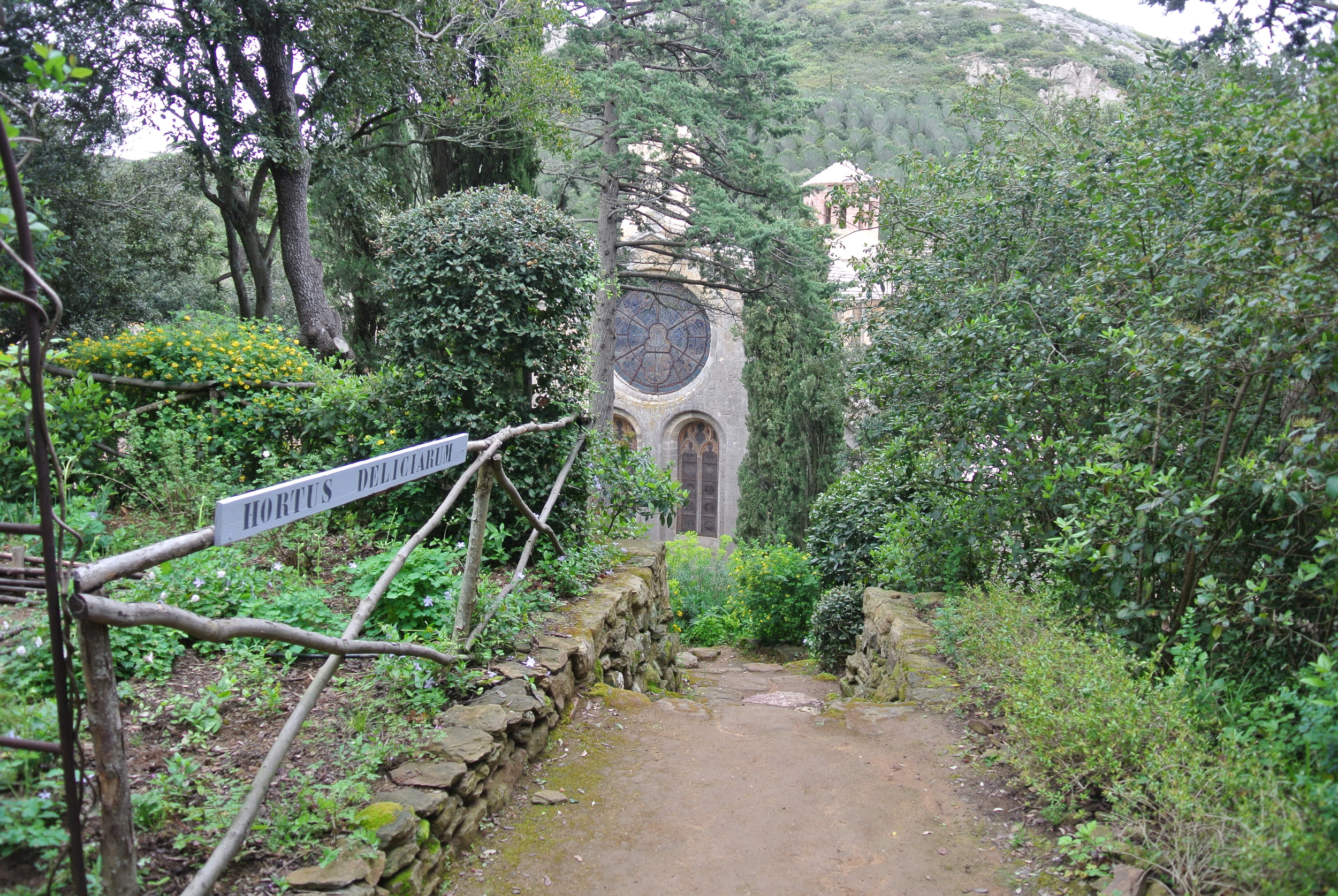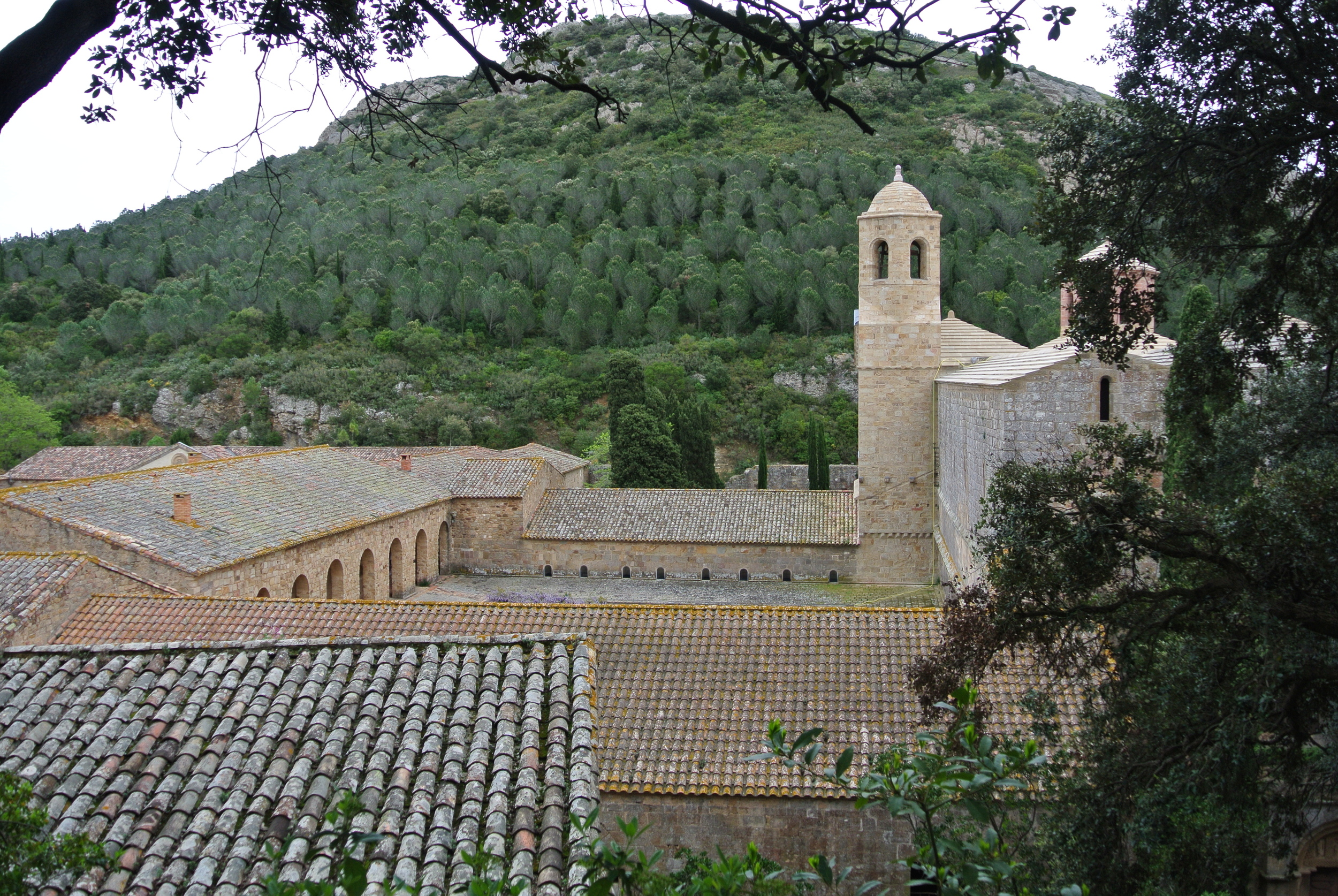A few days into our stay in Porto, Preston woke me early in the morning to tell me his ear hurt. I wasn't too concerned until later in the day when he couldn't get out of bed. According to The Oracles (Google and WebMD) , it was shaping up to be a pretty wicked earache. I thought a few days rest and loads of water would probably take care of it, plus we'd wisely included some antibiotics in our first aid kit, which he'd been taking.
Unfortunately, at some point in the middle of the second night, his ear drum apparently ruptured. I'll spare you any details, but if you've experienced a ruptured ear drum, you know what happens. I searched the TripAdvisor forums for Porto, hoping to find advice on where to go or what to do (no luck there), and Preston emailed the owner of our VRBO, a very sweet man, who'd been exceptionally helpful in making sure our stay was comfortable.
Apparently in Europe, pharmacists can give prescriptions without a script from a physician (I'm a bit fuzzy on the details there), so I set off for one of the countless pharmacies in the neighborhood (there is NO lack of pharmacies in Europe, they are on every corner!). Unfortunately the pharmacist told me that he needed to see a doctor - she said something like a ruptured eardrum would be too serious for her to give us meds without a proper diagnosis.
Our VRBO host had told us his brother was an ENT doctor and he'd been trying to get ahold of him. Since he hadn't heard back from his brother, and Preston was feeling terrible, we decided we need to get going. I got Walk up and around and we headed to the city hospital, where we were immediately told that if we didn't have an EU insurance card, we'd have to pay cash, about €950. The hospital was loud and noisy, teeming with people. I was sure we were going to be in for a long and expensive day. Then, one of the intake attendants suggested we go to the private hospital, just a few minute cab ride away. It would be fast, and more than likely, much cheaper.
The private hospital was fantastic. Extremely efficient, we were checked in and with a doctor within 15 minutes. A quick exam by the lovely Dr. Pinto determined that it was not a ruptured ear drum, but an outer ear infection. We were prescribed several things and we were on our way in a total of 45 minutes, at the bargain rate of €80, no less!
After a day or so, things were significantly better, and Preston was cruising around Porto like a pro. We didn't do much in that two day period, so here are some photos of an amazing old library, Lello & Irmão, that was converted to a bookstore in the center of town, it was crawling with tourists, but absolutely stunning.
